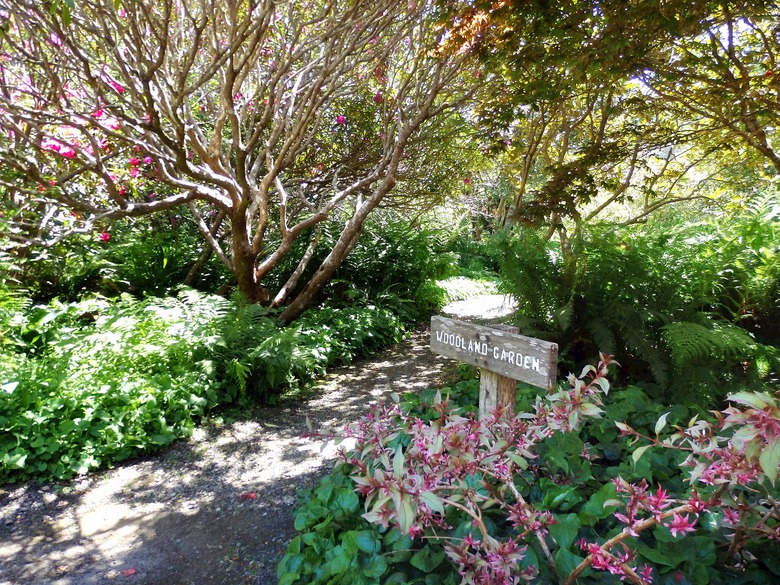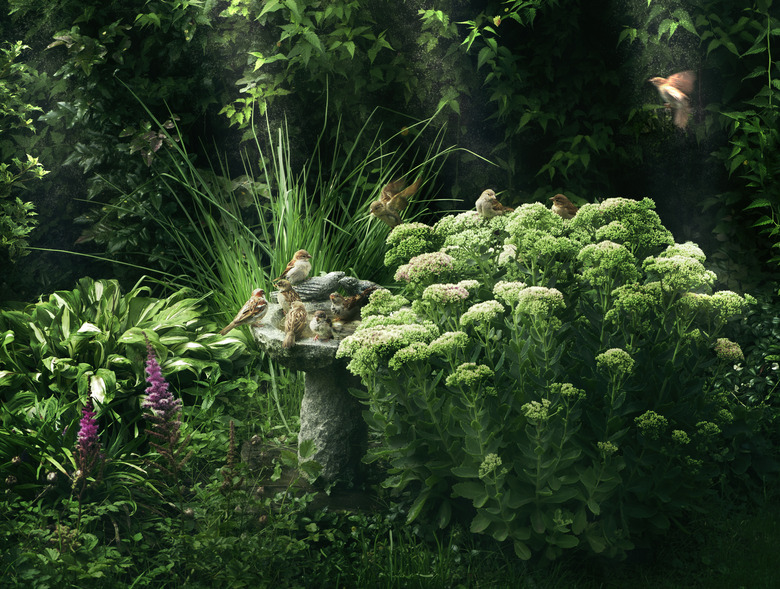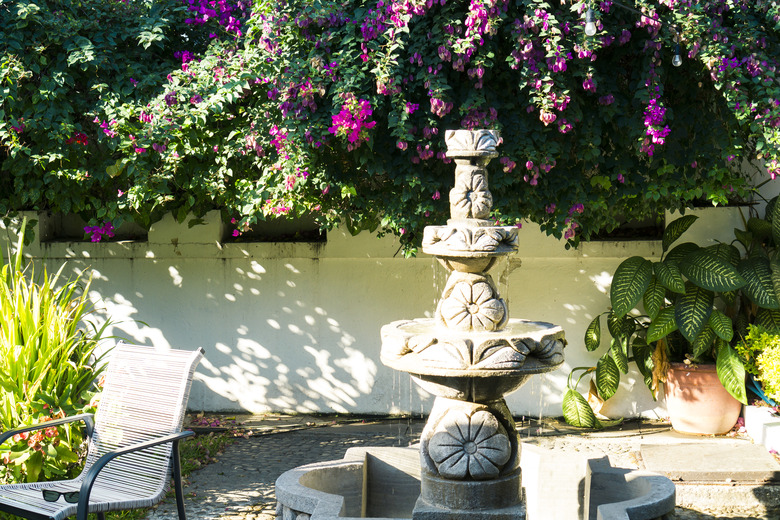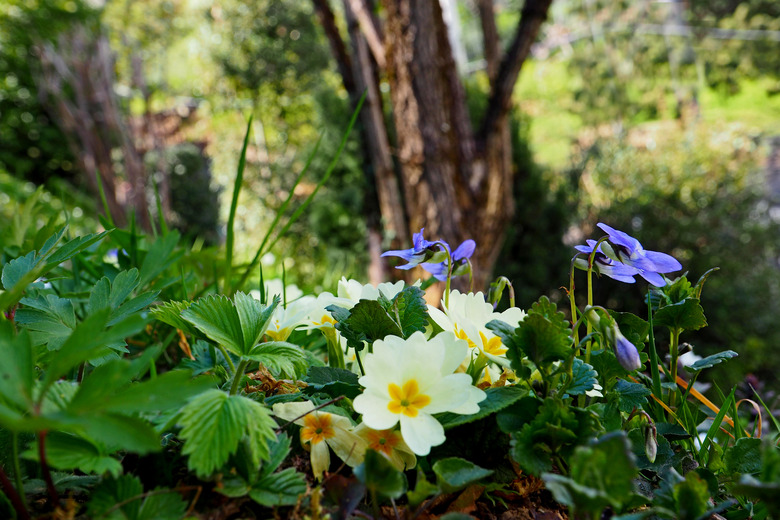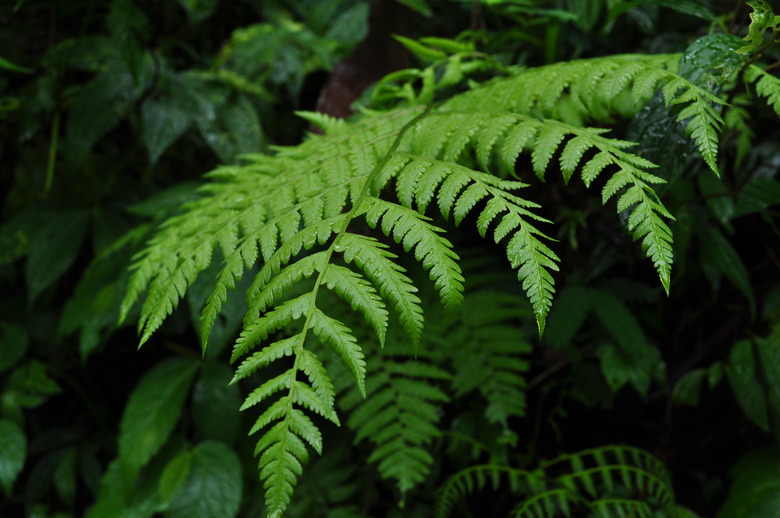4 Tips For Designing A Natural Woodland Garden
We may receive a commission on purchases made from links.
If you live on the edge of a wood or, better yet, have a wooded lot of your own, you have everything you need to make a natural woodland garden. And if you don't live near a wooded area, you can always plant trees yourself to achieve the look.
1. Plan Ahead
1. Plan Ahead
More than almost any other kind of garden, natural woodland gardens require patience. Some of the woody plants you add will take several seasons to fully mature, so it's worthwhile to place them thoughtfully and carefully. Before you begin arranging plants in your garden plan, take note of any consistently sunny or dappled areas so you can match the plants to their favored conditions. If you need to prune any branches on the mature trees to open up the top canopy and let in a little light, this is the time to do it.
When planning your woodland garden, you should also:
- Prepare your garden area by clearing out any invasive and noxious plants such as buckthorn, poison ivy and poison oak, as well as saplings and underbrush you don't want in your garden.
- Plan a natural way to move through and experience the garden by laying out a pathway. In nature, pathways reflect the habitual passage of animals through the woods. They are meandering and irregular. Yours can appear to be the same yet serve to guide the visitor, alternatively masking and revealing areas of interest and ending, perhaps, at a choice destination such as a bench or a dining table. Your path can be defined with gravel or mulch, paved with stone or brick, or simply left bare and edged with rocks — whatever works best with the materials at hand.
2. Make it Your Own
2. Make it Your Own
The garden you create will naturally be different if you are beginning with a woodlot than if you have just a few trees and some sparse lawn to work with. What constitutes a woodland garden can range from a manicured wood to a woodsy garden. Your own aesthetic will decide the liberties you wish to take with nature. Do you want a birdbath in your garden? A water feature? With your choice of materials, you can harmonize with the natural world while imposing your own sense of design style.
Tip
A material you may find useful is hypertufa. Hypertufa is a mix of cement, sand, and water, with added peat moss and perlite or vermiculite. It can be tinted, molded, shaped and carved to resemble natural stone, giving you the opportunity to add stone-like planters or other features that will age and blend naturally into your design.
3. Prepare Your Woodland Garden for Planting
3. Prepare Your Woodland Garden for Planting
Having cleared away any growth you don't want in your garden and having defined planting areas, consider amending your soil before planting. Whether or not you do so will depend on whether you are modifying an established woods, with years of accumulated leaf mulch and organic matter, or building up your simulated woods around a few trees. If your intended garden area doesn't have a natural woodland soil, consider adding a few inches of good loam to the areas you intend to plant.
In an established wood, it's better to disturb the soil as little as possible. Native plants under a forest canopy lead a precarious existence and, though they may be successful in their present situation, it takes little to tip the balance against them. When you add new shrubs or small trees, select a spot where you can clear an area about two feet in diameter, removing competing vegetation before you plant. That gives the new plant a buffer of exclusively available nutrients and water until it can become established. Mulch that buffer zone with natural materials.
4. Choose Plants for Your Woodland Garden
4. Choose Plants for Your Woodland Garden
The plant varieties you select for your natural woodland garden will depend on where you live and the natural plant associations for your region. A plant association takes the trees native to a region and identifies the understory plants commonly associated with it. You can develop your own regional plant associations by visiting a local wood or arboretum and taking note of the plants you see.
Tip
The Sierra Club and the National Audubon Society offer regional field guides that can help you identify the plants you see in the wild. A quick search online may lead you to nurseries that sell wild plants native to your region.
Woodland plants are characterized generally as dry shade plants because, in addition to the limited light they receive under the tree canopy, they also have to compete for water with the tree's extensive root system. While many of the native woodland varieties are dry shade plants, not all dry shade plants are native woodland plants. Some of those non-natives, like hosta and brunnera, are widely available and attractive and worth considering for your garden.
You may be tempted, given that you are establishing a native garden, to simply gather your planting stock in the wild. While some wild plants, such as ferns, are fairly robust and can transplant successfully, others are so naturalized in their specific environment that they fail to thrive elsewhere. Be aware also that both national and state law protects some wild plants and flowers.
